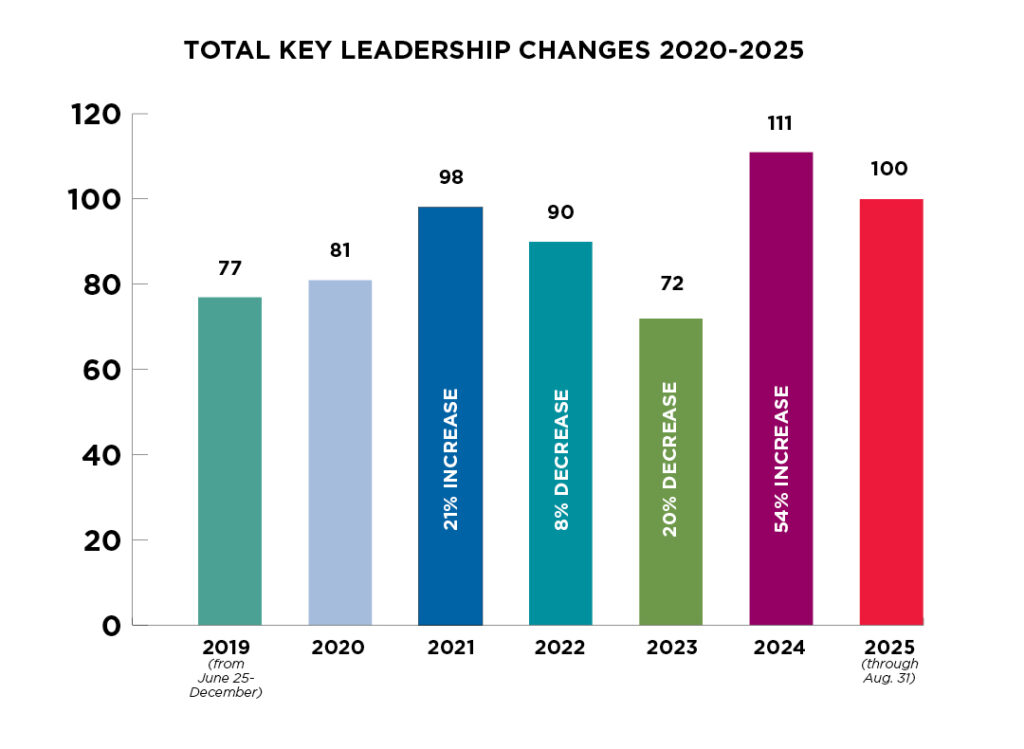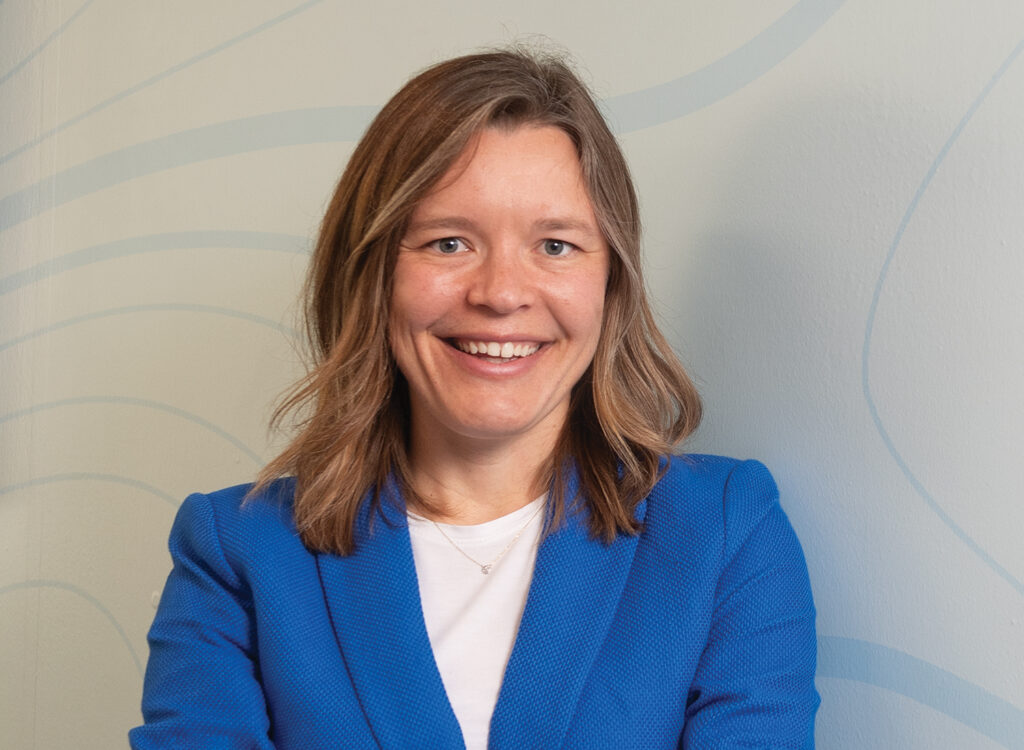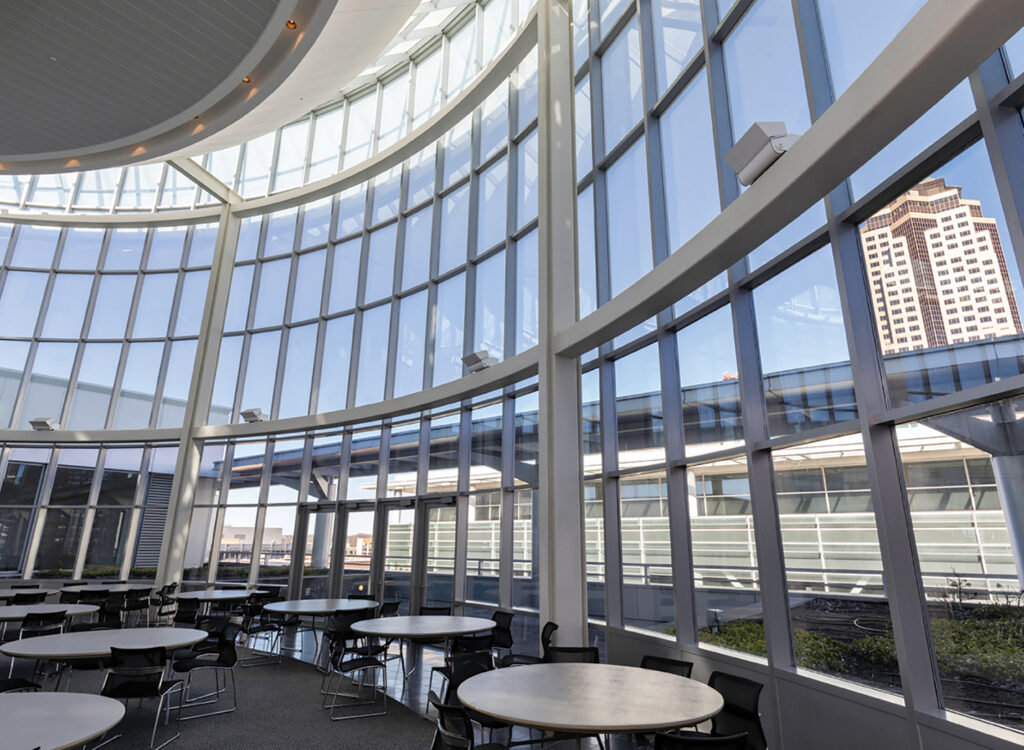Guest opinion: Now is the time to build community

What is the leading cause of death?
a. High blood pressure
b. Inactivity (little to no exercise)
c. Social isolation
d. High cholesterol
e. Alcohol
f. Obesity
If you answered C, you are correct. Vivek Murthy, the U.S. surgeon general from 2014 to 2017, wrote a report that social isolation or loneliness is a more serious health problem than opiates. “Loneliness and weak social connections are associated with a reduction in lifespan similar to that caused by smoking 15 cigarettes a day and even greater than that associated with obesity.” It is connected, he wrote, “with a greater risk of cardiovascular disease, dementia, depression and anxiety.”
We live and work in the most technologically connected age in the history of civilization, but the rates of loneliness have doubled since the 1980s. Today, more than 40 percent of adults in America report feeling lonely, and the actual number may be even higher. Research has found that the number of Americans with “no friends” has tripled since 1985. It does not matter if one is young or old, loneliness doesn’t discriminate. As the Beatles sang decades ago, “All the lonely people, where do they all come from?”
In writing “Leading With Wisdom: Sage Advice From 100 Experts,” my primary question to those in leadership was this: What is the best way to prepare people to be the kinds of leaders needed in these uncertain times? Interestingly, one of the main themes was “Leaders Embrace Community.”
For my monthly podcast “Becoming a Sage,” I interviewed Peter Block, one of the top thought leaders in the leadership field. Block, the author of “Community: The Structure of Belonging,” said the “first thing leaders need to do is build community.” “In a patriarchal world, the main job of leader is to maintain consistency, control and predictability. But that world is not that effective. It is just popular because it offers certainty and safety. Yet, we continue to choose certainty repeatedly because that is the way things have always been done.” Building community is an investment of time and energy that pays off in productivity, satisfaction and resilience.
Block said the first step is deciding to build community. The second step is to acknowledge and write down “My team’s relationship with each other is more important than my team’s relationship with me.” If this is true, then every time the team gets together the leader is thinking of ways for the team to be in small groups talking about what they want to create. While the methodology seems simple, it is not the norm. But the questions build focus and accountability into a simple process that when repeated creates community.
Break people into groups of three and come back together. At the end of every meeting, ask every member, “Who did/said something today that meant something to you?” This makes the focus of the meeting on what’s working — not on what is not working.
Ask, “What’s the promise each person is willing to make today without any promise of return?”
Ask, “If people fulfill their promises, will we fulfill the reason why we came together?”
Jim Autry, one of our local sages, wrote a poem in “Love and Profit: The Art of Caring Leadership” that I often use in workshops and courses. Below is an excerpt from “Threads” that reminds us of the significance of making connections:
Listen
In every office
You hear the threads
Of love, and joy, and fear, and guilt,
The cries for celebration and reassurance,
And somehow you know that connecting those threads
Is what you are supposed to do
And business takes care of itself.
As the Beatles also said, “We get by with a little help from our friends.”








